El Gato Rapido was the site of my first Chilean mishap. The bill came and I owed something around 15000 pesos. I pulled out a 20000 and put it on the little tray. Except that it was actually only 2000. So many zeros. And these bills have no commas or periods on them. Seriously! But not without plenty of teasing from Jaime, all was settled, and we stopped at a little tienda for breakfast items before heading back to the cabana.
In the morning, we got up early, ate breakfast of yogurt and bread (without tea because we had forgotten to buy matches to light the stove), and then made our way down the street to the town government offices. We first spoke with a woman in the development office, trying to get an accurate figure of population (the last census was 2002). She said they were “working on it right now.” She directed us to another woman in the same office who maybe knew more, but she in fact did not. Then we went to the other side of the building to the technology office, where Patricio showed us the Pica facebook page, and explained how he used it.
During lunch in Pozo Almonte, the restaurant that was empty when we entered suddenly became over run with miners on their lunch breaks. It was a fascinating transformation, and dichotomous in nature with foreign-looking engineers on one side of the restaurant, and the more indigenous-looking miners on the other side. They were easily distinguished not only by foreign-ness-appearance, but by the amount of dirt clinging to their blue shirts. Jaime explained that most miners are local, or immigrants from Bolivia and Peru, while most engineers come from Santiago, Europe, or Australia. The engineers usually commute back and forth between Santiago and Pozo a few times a month.
After lunch we took a little walk, and talked about the two possibilities. Pozo, while it could make for a fascinating study on migration, work, class, political economy, etc. didn’t seem to be quite as quintessentially Chilean as the project needed. Pica, while beautiful, quaint, and wonderfully close knit community at our best guess seemed to be around 2,000 people. Again, it would have made for a great study on traditional fiestas (as explained by the older woman who helped to run the cabanas), but didn’t seem big enough to effectively be comparative for the other cities in the Global Social Media Impact Study. So what to do….
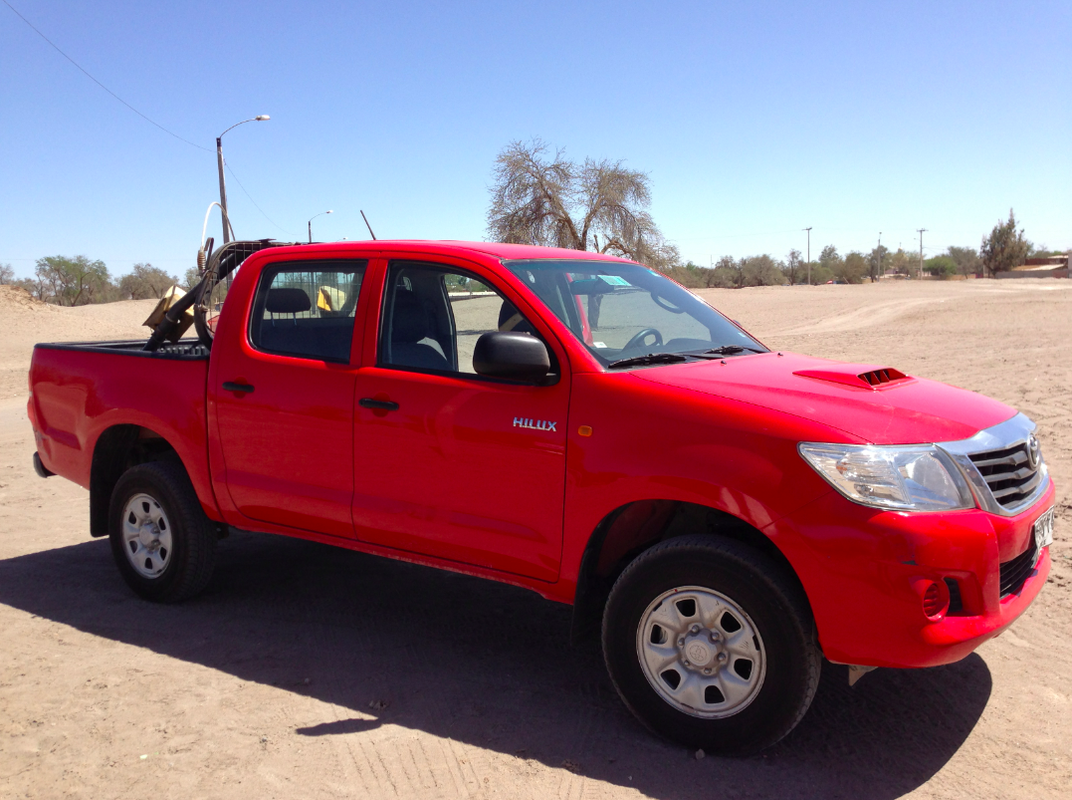
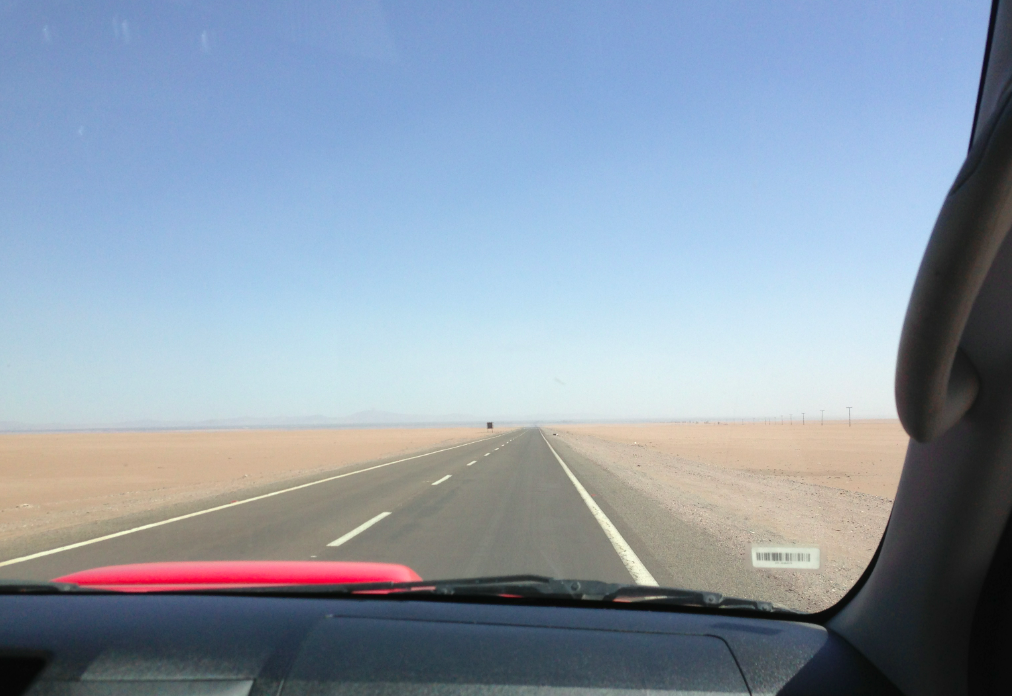
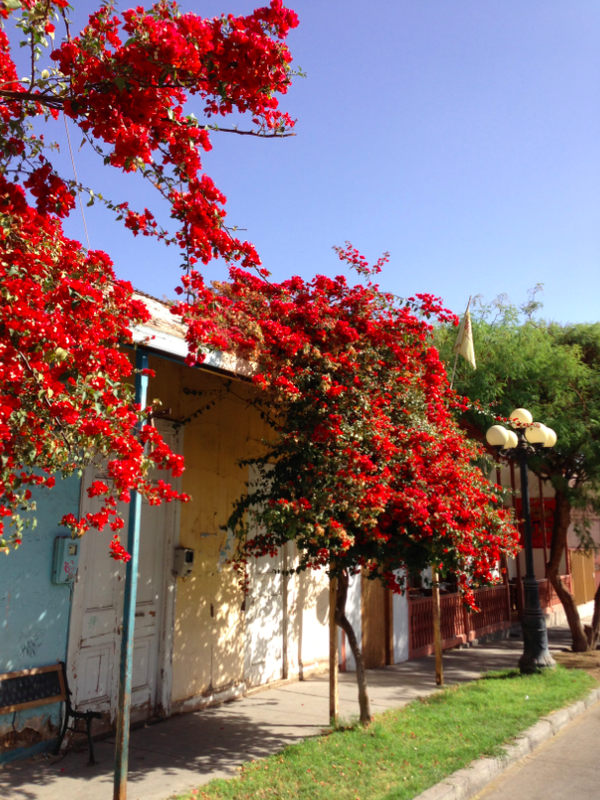
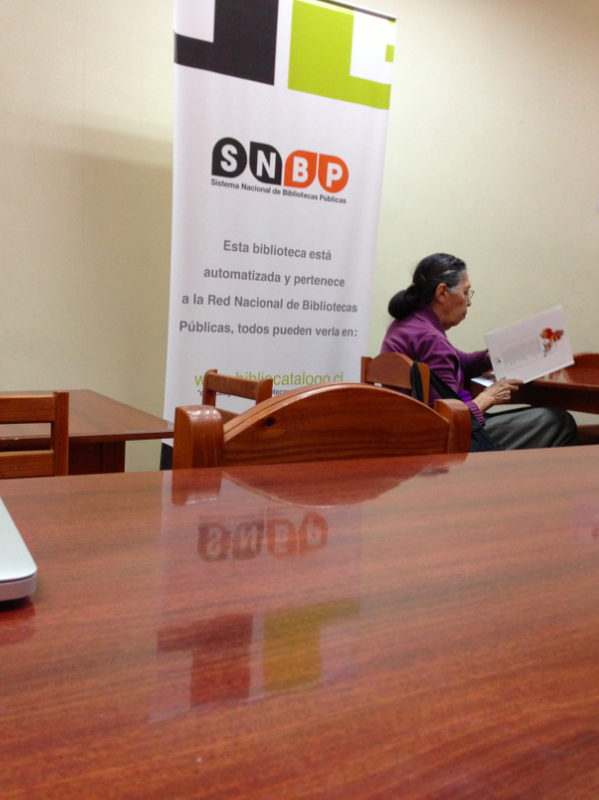
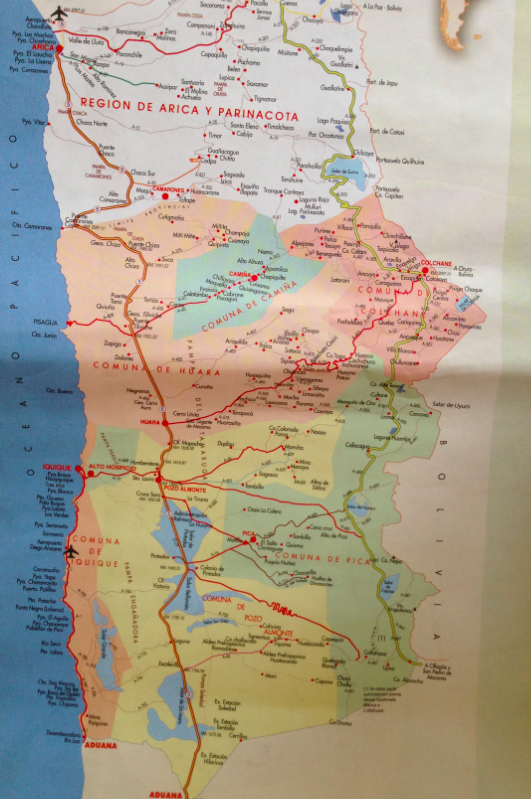
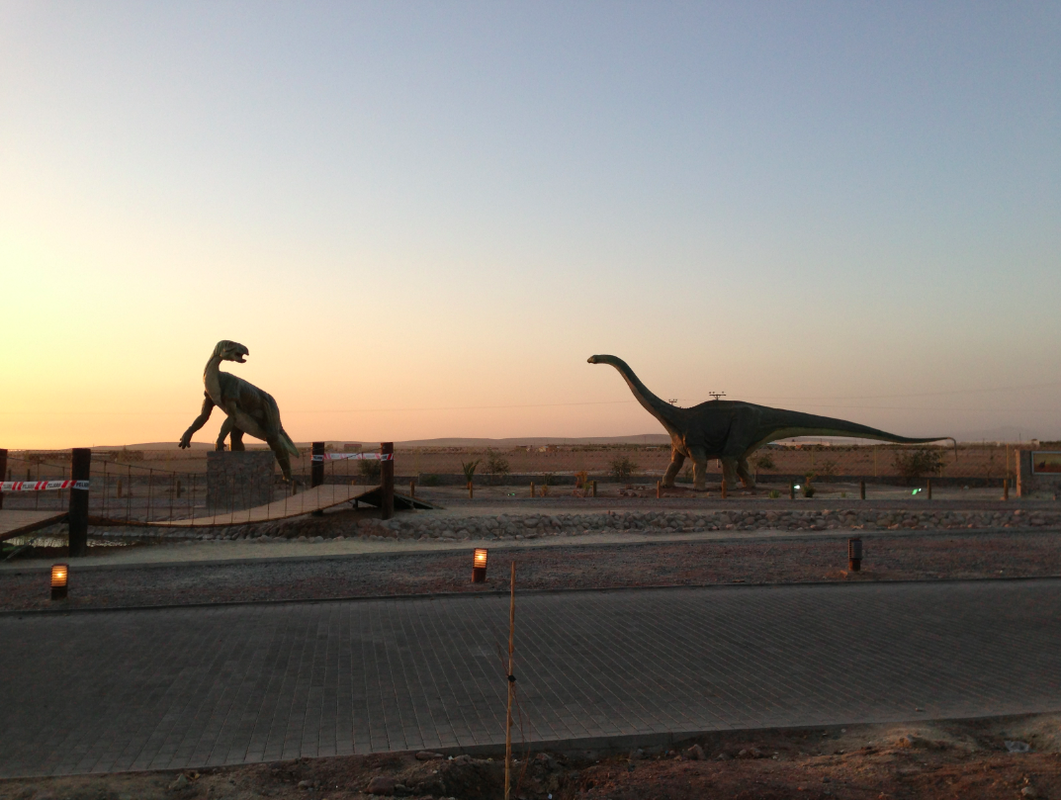
 RSS Feed
RSS Feed
